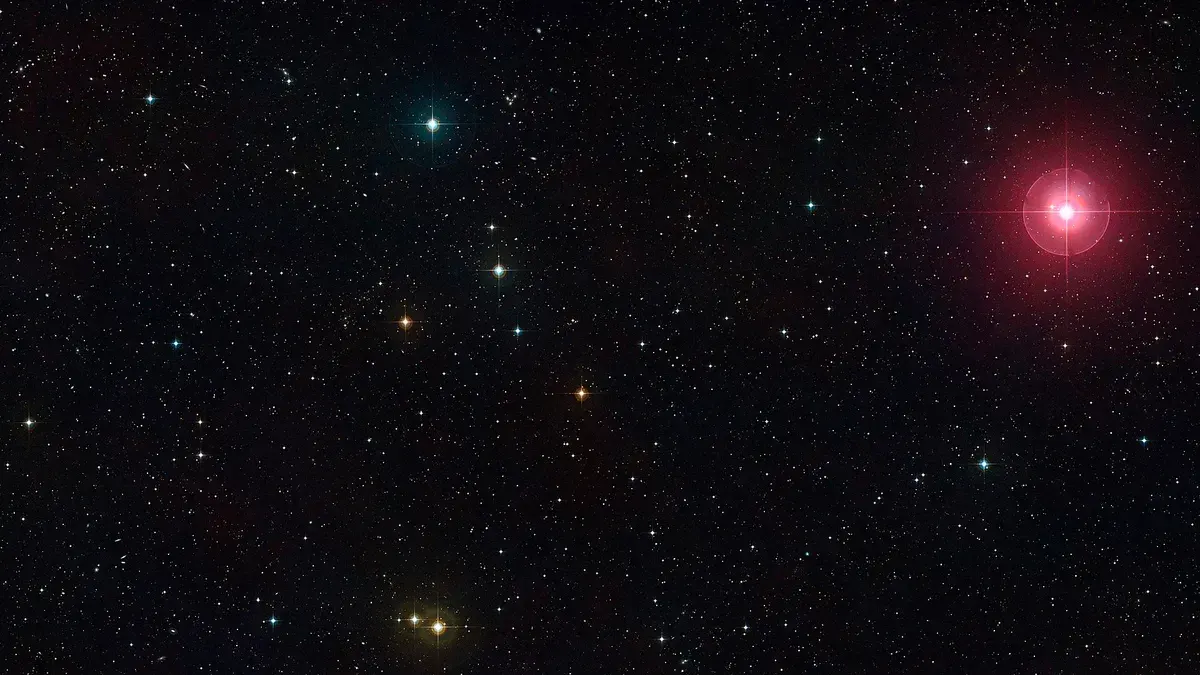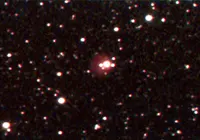Part 1 of 2 in the Red Giants Series! This is a recap of what I’ve been doing for the past so and so days. Next coming in two weeks
High school tells us that the death throes of a sun-like star are spent clawing for material, energy - anything to prevent a collapse onto its dense inner core. What’s left is a White Dwarf - a dense ball of carbon, oxygen, sometimes even helium, neon or magnesium permanently doomed to cool down. Compressed until only the repulsion of its electrons stop it from further collapse, the star becomes degenerate, each electron’s energy locked in place by the crushing pressure around it.
To call that model oversimplified would be an understatement. These diagrams misses out on a lot of the intricacies of stellar evolution - even for low-mass stars, you’ll be hard pressed to find a good diagram that describes the stellar evolution process in detail. So today, we’ll be taking a look at a part that’s often overlooked - the AGB and the Born-Again stars!
First up, the AGB (Asymptotic Giant Branch) stars. And yes, that’s “Asymp-totic”, not “Asymp-to-matic”. Mira (Omicron Ceti) is a great example of one of these stars, being the closest one to us and the first to be discovered. It’s a window into the properties of these stars; typically, AGB stars are low-mass, with sun-like masses, long (>100 day) pulsation periods. As a consequence of their expansion, their outer envelopes cool even further into the realm of the late M-type (~3000K). This also means that these stars become much, much brighter in the infrared region (thanks to Planck’s Blackbody Law!).

A star’s AGB stage typically lasts for 5 million years, after which it’s outer layers are blown off by the radiation pressure from the centre of the star. These stars usually burn material in ‘shells’, with a degenerate carbon/oxygen/neon core in its centre slowly accreting mass as the helium and hydrogen shells burn. When one of the shells are depleted, another takes its place Thermal pulses, the mechanism that drives the pulsations behind Mira, lead to material being shorn off in chunks, which when coupled with the star’s magnetic fields creates ‘outflow jets’. What follows is a period of slow shrinkage for the star as it gets hotter and hotter. Ionised nitrogen, carbon or oxygen lines dominates its spectra, the blisteringly-hot, >100,000K surfaces stripping these atoms of their electrons. More and more of the star’s material is ejected as a beautiful planetary nebula, multicoloured filaments dancing in and out of each other.
But! There’s always more than meets the eye in this field. Sometimes, a star can cling on to its helium as it shrinks, and eventually, that final helium shell will ignite and fuse, turning the star back into a red giant. This phenomenon, known as a late thermal pulse, has been documented before; it’s theorised that R Coronae Borealis stars, yellow-white supergiants with temperatures similar to that of our sun, are objects going through extended late thermal pulses.
A late thermal pulse object can also take the shape of a deep red, AGB-like star; in 1996, the amateur astronomer Yukio Sakurai noticed a sudden brightening of a star known as V4334 Sagittae. With its brightness increasing nearly 1,000-fold within the span of a year, it was considered a slow nova, in which a white dwarf accreted material from a companion, fusing it in ‘bursts’. A spectrum of the star instead revealed it as a late thermal pulse object, with the telltale hydrogen deficiencies and carbon abundances common in an AGB star’s spectrum.

Hence the name “Phoenix Star” - these events seem like the rebirth of a star, attempting to rise to its former glory. However, unlike the immortal phoenix, these stars do eventually run out of helium to burn, shrinking back into a white dwarf after 200 years, a mere blip in the cosmos. Regardless, the do teach us about the sheer diversity of the possible fates of low-mass stars, giving us better, more accurate hypotheses to build on in the future!
Like what you see? Feel free to subscribe to our blog to receive updates whenever we post.